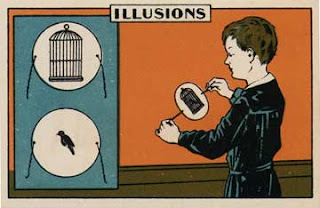Recently I went to a taping of Late Night with Jimmy Fallon at 30 Rockefeller Plaza. Since I live in Manhattan, a hobby of mine is watch as many television show tapings as possible. Being as I have a growing interest in media and television I figured that going to television tapings would allow me to watch what I have been learning in class first hand. Personally, sometimes I find that everything that goes on behind the scenes is a little more interesting than the show itself.
When I entered the set I was immediately bombarded by huge camera equipment. At times, the audience is completely blocked because of cameras. Some parts of the audience are blind to the entire set; for these areas, flat screen televisions are hanging in different areas of the ceiling. Also, microphones hang from the ceiling recording the laughter and applause that the audience gives in the duration of the taping. The studio is kept at a very low temperature; I read once inEntertainment Weekly that Jimmy Fallon sweats too much so they had to lower the temperature for his tapings.
Jimmy Fallon reads off cue cards as opposed to a teleprompter. During what would be commercial breaks, Fallon studies the cue cards for his next segment. He does not mess up that much so I assume that this method helps.
What was interesting to me is that there is a girl who walks around with a camera taking pictures of the show as it goes on. I later found out that this is what is called a set photographer, someone who takes pictures of all the action but is not directly involved in the taping. The set photographer is used to take pictures for publicity and just overall cataloging of the particular nights show.
Towards end of the show a bunch of people, myself included, were asked to stand behind the band that was performing that night. On the show I went to the band was Silversun Pickups. I stood on the upper right side of the stage, I was not really visible but that did not matter much to me.
I find that I learn better visually that I ever could by reading or studying a textbook. The tapings of these shows are free and give me a chance to watch and learn more about my potential major, media.
Below are some pictures that the set photographer took for the show:


